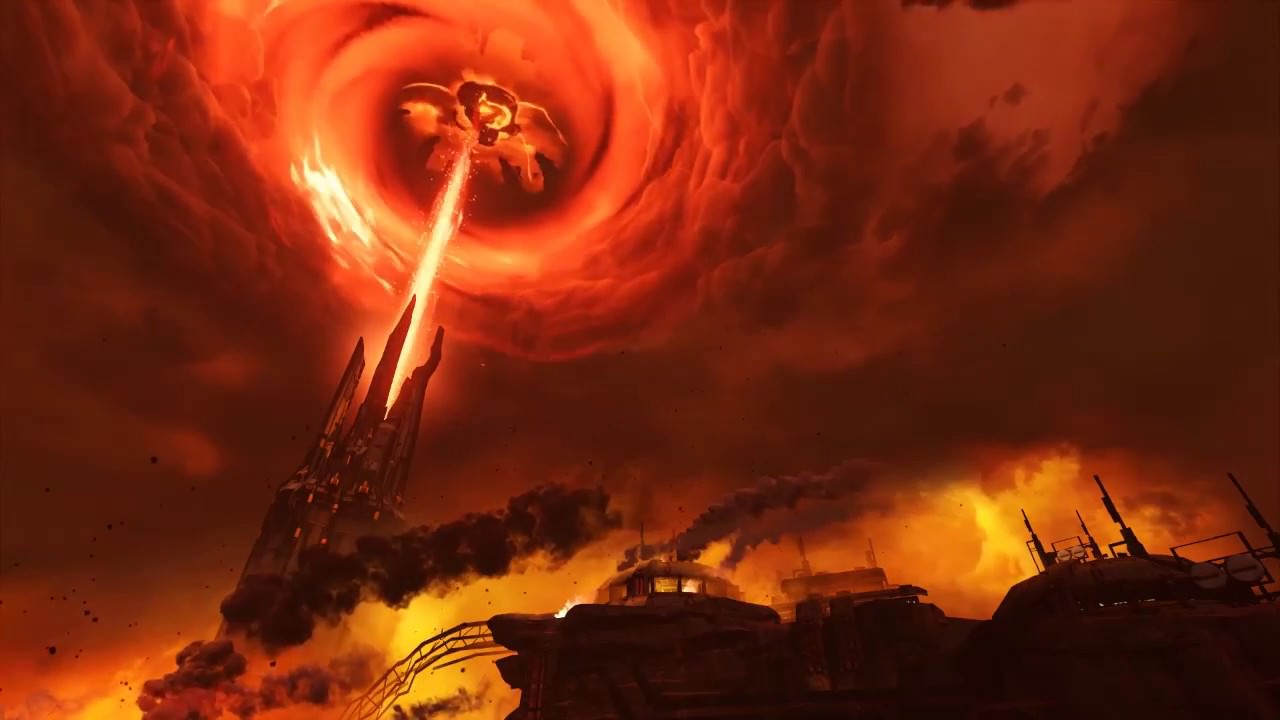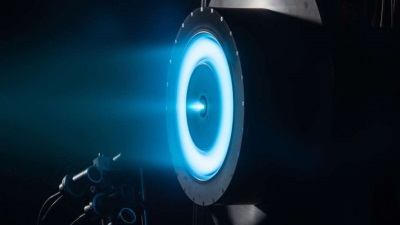DooKey
[H]F Junkie
- Joined
- Apr 25, 2001
- Messages
- 13,551
NASA is testing a new technology for nuclear reactors that promises to significantly reduce their size, increase capacity, and longevity. The reactor is called KRUSTY or Kilopower Reactor Using Stirling TechnologY and It uses uranium instead of plutonium. The fission reaction (AKA heat) activates a piston assembly that can run a generator. It produces enough power to run a small home and if you set up a few or these as a farm they could run a human settlement on the Moon or Mars. This is pretty cool technology, but I wonder what the radiation output is and what kind of clear zone is needed around them?
Watch the video here.
NASA and the U.S. Department of Energy say they have successfully tested a new type of nuclear reactor that could one day provide juice to colonies on other worlds. The reactor can power several homes and appears able to operate in harsh environments.
Watch the video here.
NASA and the U.S. Department of Energy say they have successfully tested a new type of nuclear reactor that could one day provide juice to colonies on other worlds. The reactor can power several homes and appears able to operate in harsh environments.
![[H]ard|Forum](/styles/hardforum/xenforo/logo_dark.png)





